
Lilium 'Queen of the Night', Lily 'Queen of the Night' (Asiatic) in GardenTags plant encyclopedia
The Queen of the Night flower (Epiphyllum oxypetalum) serves primarily as an ornamental plant, captivating enthusiasts with its breathtaking and fragrant night blooms. Widely cultivated for its aesthetic appeal, this unique cactus is a popular choice for gardens and indoor spaces, especially in areas where its blooming schedule can be anticipated and enjoyed.

Awasome How To Care Queen Of The Night Plant References Carscoop Medrec07
The queen of the night, also known as epiphyllum oxypetalum, is an awesome, unique plant that blooms at night and has a sweet lasting fragrance. This plant is native to Central America and South America and develops well in hardiness zones 10 and 11.

How To Cook Queen Of The Night Cactus How to grow a queen of the night cactus. sundams
Night-blooming cereus (epiphyllum oxypetalum plant) is hardy to USDA zones 10-11, but that doesn't mean folks in colder zones cannot grow the queen of the night plant. This night cactus can be grown successfully as an indoor plant with little care.
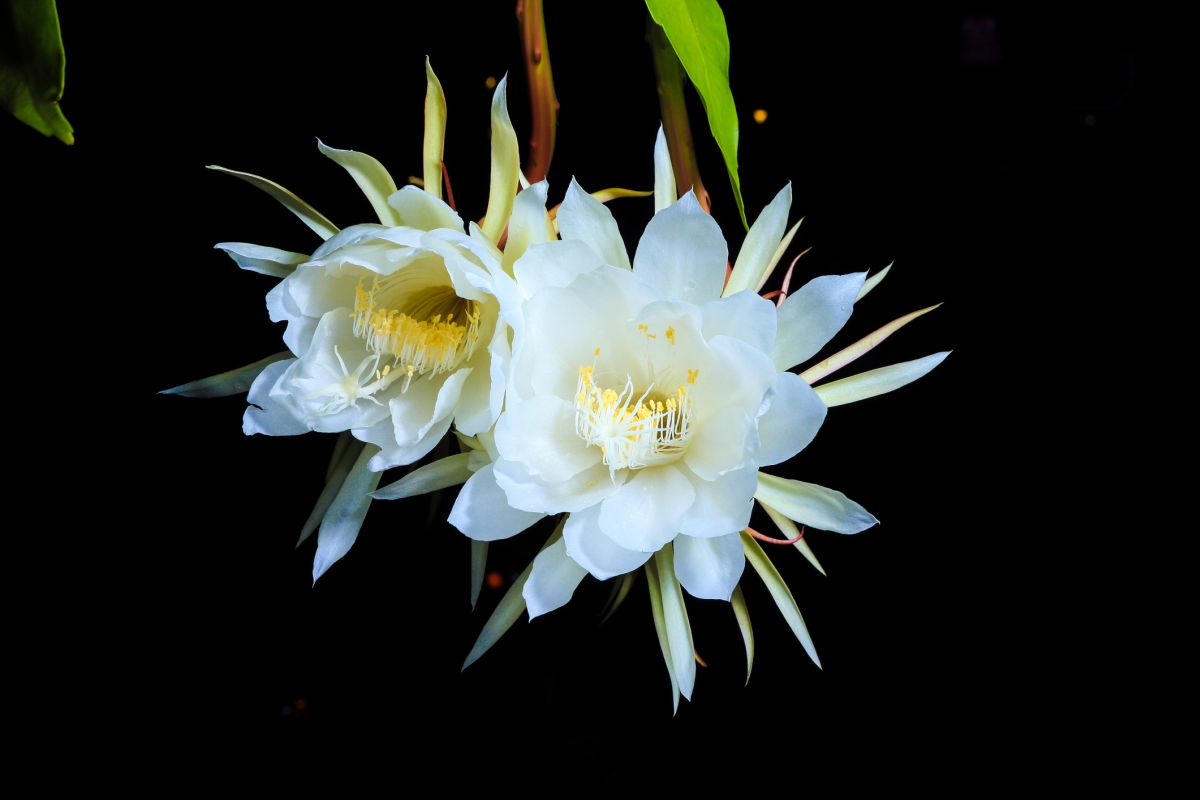
How to Grow and Care for Queen Of The Night Flower
10) Propagating the Queen of the Night. Propagating this plant is rather simple. You can use a leaf cutting to start a new plant. It will need to have the tip dipped in a rooting hormone to help it take root, and the portion that is cut should be about four to six inches long.

28 How To Prune Queen Of The Night Plant 12/2022 KTHN
The Night Queen plant, also known as Cestrum nocturnum, is a versatile plant that has various in different industries and cultures. In this section, we will explore the medicinal properties and traditional of the Night Queen plant, its significance in the fragrance and perfume industry, as well as its symbolism and cultural significance.

Night Queen Plant
Definition of Night Queen of Flowers. The Night Queen is a dramatic night-blooming cactus. It blooms once a year, only overnight. This is a very extraordinary performance, as expected from plants that consume all reproductive energy in a short amount of time. The flowers are large and fragrant, shining white like a full moon.
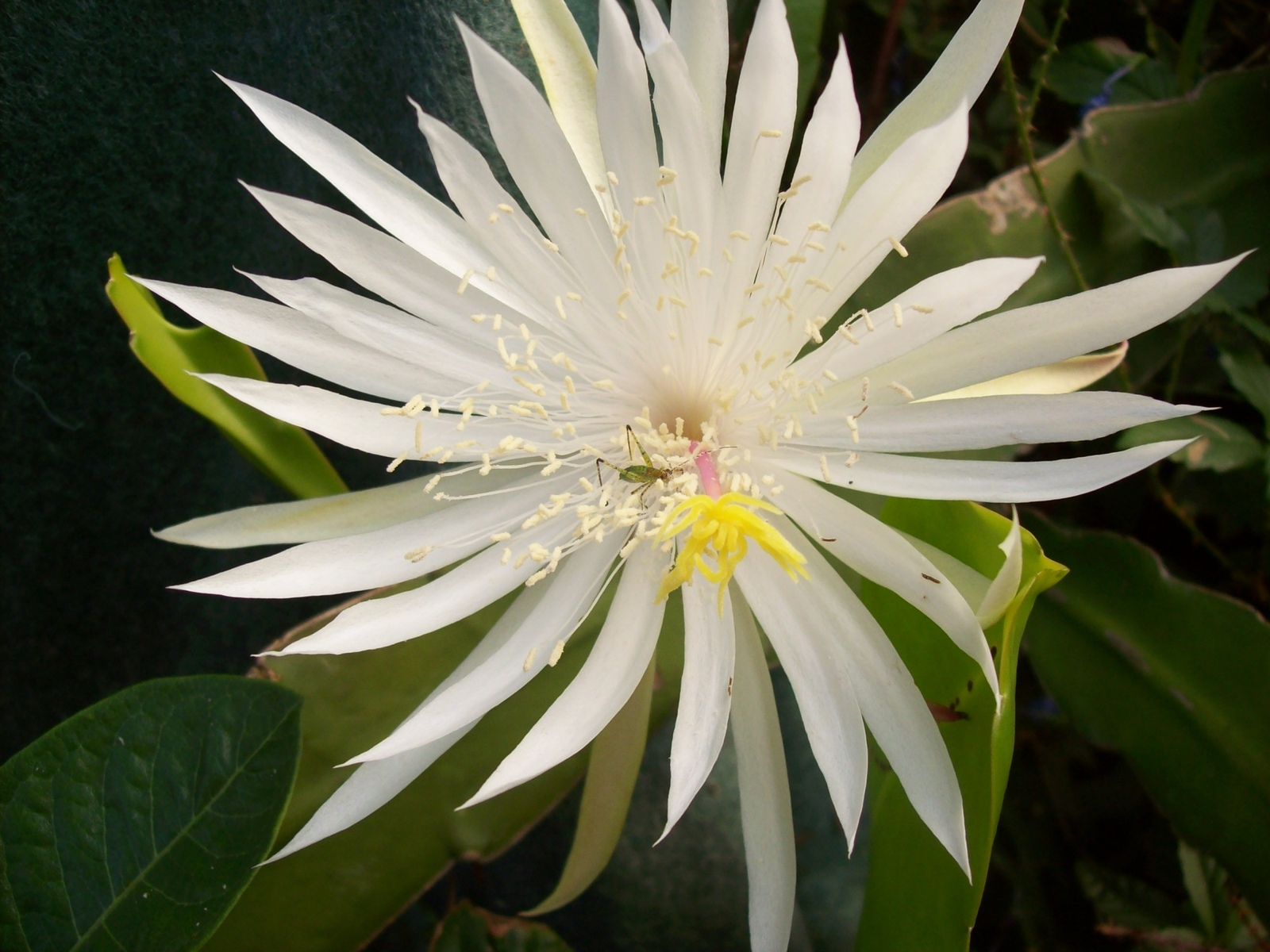
Burlap 19 0Z Tin Can Flower Pot With A White Night Queen Plant Great Gift Other Plants, Seeds
Fertilizing Queen of the Night. Use a low-nitrogen fertilizer for your plant, as a feed high in nitrogen can affect the blooms. You can choose a feed suitable for cacti and feed your plant every two to three weeks in late spring and summer. Refrain from feeding in winter as your plant is dormant. Pruning Queen of the Night Cactus Plant
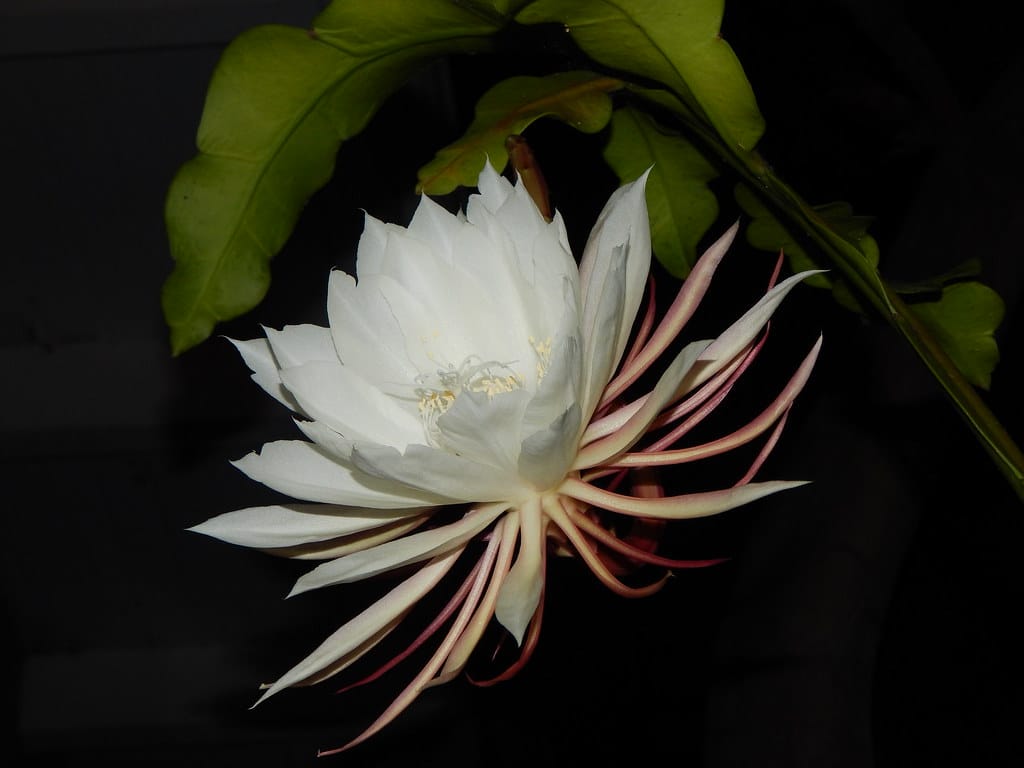
Night Queen Plant
Epiphyllum Oxypetalum 'Queen Of The Night' is one of the most largely cultivated epiphyllum species out there. It is native to Southern Mexico and a wide area in South America. Often grown as houseplants, these beautiful plants are mostly epiphytic, which means in its native habitat it grows on the surface of other plants.

Queen of the Night Plant How to Care for Epiphyllum Oxypetalum
The queen of the night plant thrives well in high humidity. Place a saucer of water next to the plant during hot summer days. The same applied to the winter when you're using artificial heating. Lighting Requirements for the Queen of the Night Plant. The queen of the night blooms only at night, and each time, with only one spectacular flower.
See What I See A Night Queen flower
Epiphyllum oxypetalum, the Dutchman's pipe cactus, princess of the night or queen of the night, is a species of cactus with a native range from Mexico to Nicaragua. It blooms nocturnally, and its flowers wilt before dawn. Though it is sometimes referred to as a night-blooming cereus, it is not closely related to any of the species in the tribe Cereeae, such as Selenicereus, that are more.
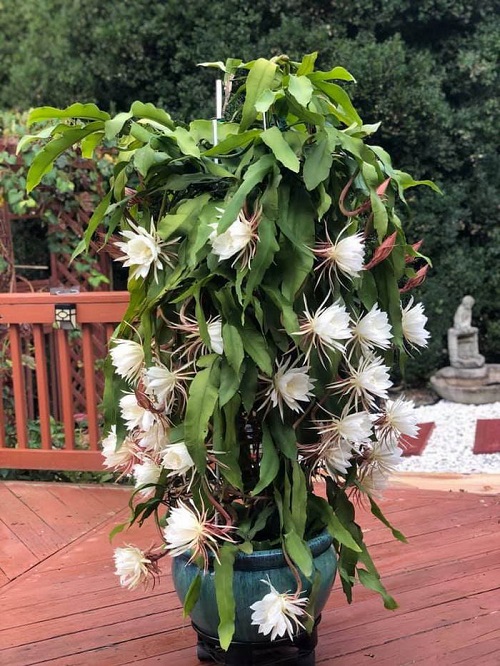
How to Grow Epiphyllum Oxypetalum Queen of the Night Care
How to Plant Queen of the Night Cactus. Plant queen of the night cactus in well-drained soil that is slightly acidic and retains moisture. To increase the chances of blooming, grow the orchid cactus in bright, indirect light and ensure the temperature is at least 64°F (18°C). In winter, drop the temperature to 60°F (16°C) for eight weeks.

Buy Night Queen (White) Plant Online at Marysgarden
People stay up at night to enjoy the opening of the flowers of the tropical wonder Epiphyllum petalum, better known by its common name, queen of the night flower, or orchid cactus, not to be confused with the night blooming cereus flower or the Dutchman's pipe cactus.This astonishing cactus originates in Central America and South America and is prized around the world for its nine-inch wide.

Queen of the Night Plant How to Care for Epiphyllum Oxypetalum
Maintaining the right level of humidity is a bit more difficult. The queen of the night flower needs at least 50% humidity to thrive. Raising the humidity of your home to that level can be unhealthy for you, so we suggest spraying the plant with a water mistifier regularly. 5. Queen Of The Night Flower Will Attach Itself To Other Plants

Night Queen Plant
Many people erroneously think queen of the night (Epiphyllum oxypetalum) is the only type of night-blooming cereus. There are at least 10 varieties (genera) of night blooming cereus. Confusion often results when using common names for discussing them. For example, many plant species are called "queen of the night."

Cestrum Nocturnum (Night Queen) Flowering PLANTS Gardening Pinterest Night, Flowering
Queen of the Night, Night Queen, Night Blooming Cereus: ScientificName: Epiphyllum oxypetalum: Family: Cactaceae: Plant Type: Succulent, jungle cactus: Mature Size: 10 feet tall outdoors; 6 ft. tall indoors in containers : Sun Exposure: Bright indirect light: Soil Type: Aerated soil that drains well: Soil pH: 5.5 to 6.5 (slightly acidic) Bloom Time
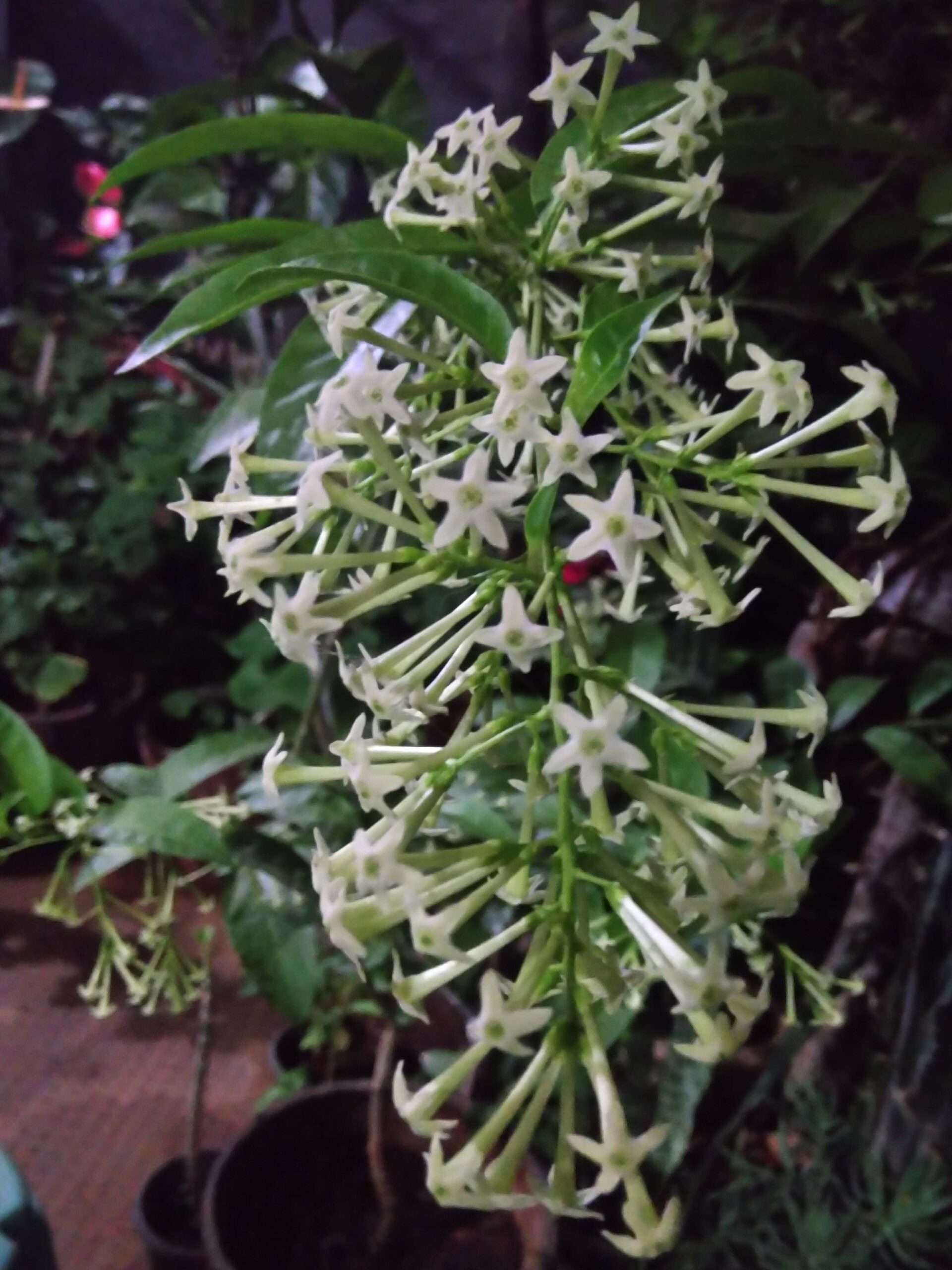
Buy Night Queen (White) Plant Online at Marysgarden
The Night Queen plant provides an opportunity to enjoy your garden in a whole new light, quite literally. In conclusion, the Night Queen plant is a remarkable addition to any garden. From its captivating fragrance and ability to attract pollinators to its low maintenance requirements and medicinal properties, this plant offers a range of benefits for both your garden and overall well-being.